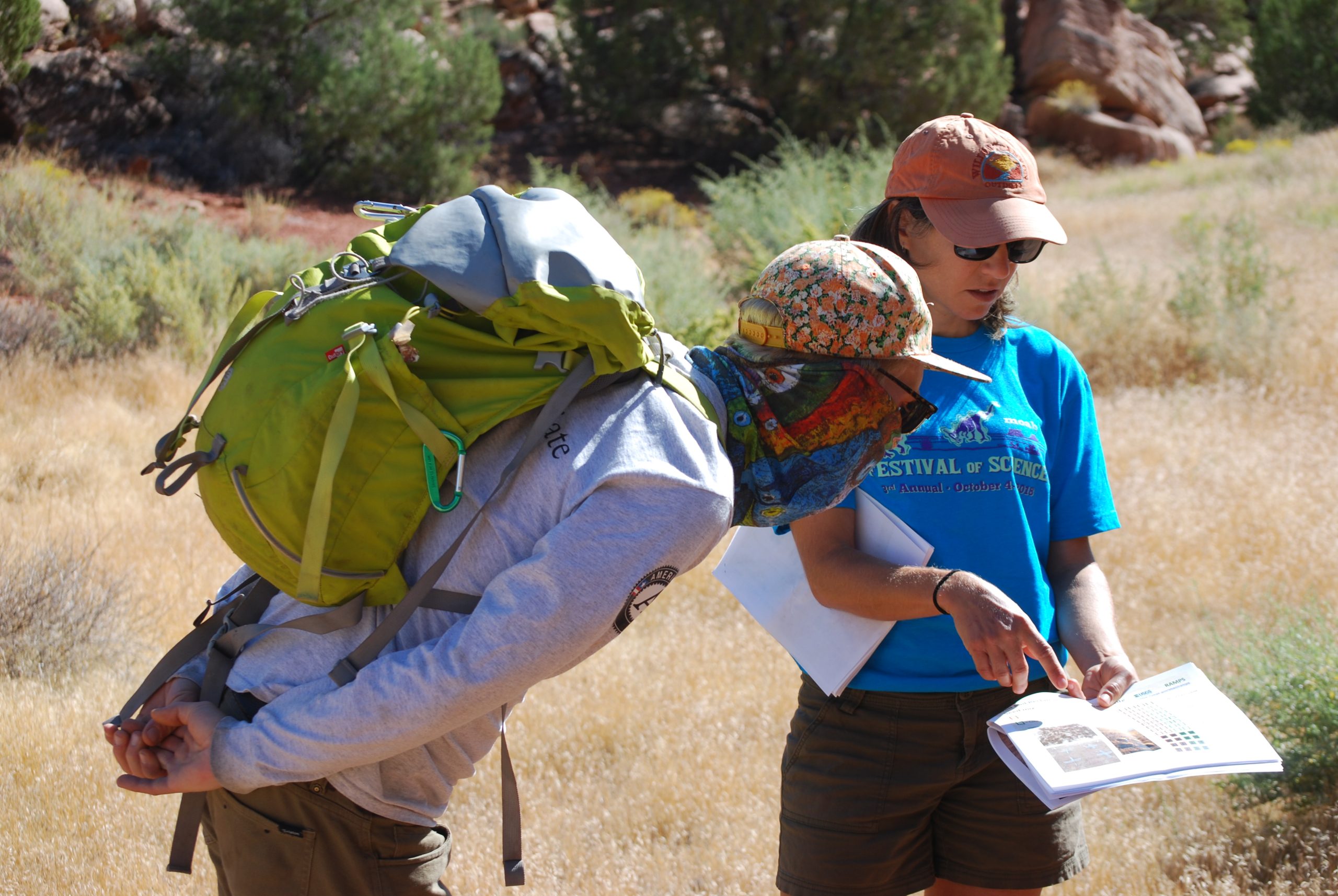Some information may be outdated.
Seven years ago, a group of local scientists and science enthusiasts were brainstorming how they could continue to learn about and share knowledge of local science being done in the area. What they came up with was the first Festival of Science: a weekend of free events to showcase “the amazingness of science,” according to Sasha Reed, one of the festival’s initial organizers. Reed still helps with the festival, which this year will take place on Wednesday, September 13 to Sunday, September 17.
“When we first started, we only had a handful of events,” she said. “Since then, we’ve been really able to grow: we have almost too many events to be able to fit into the period of time. We’ve gotten much more diverse, we have a lot more events, and we’ve been able to bring people in from farther away.”
The festival will open on Wednesday at 6:30 p.m. at Star Hall with a science movie night: “Top of the Rocks” is a documentary TV series about rocks, with one episode partially filmed in Moab. The episode, which explores sandstone, features an interview with invertebrate ecologist and pothole expert Dr. Tim Graham. There will be a post-film interview with Dr. Graham and the filmmakers—Christophe Cousin, Matthieu Maillet, and Gautier Dubois—afterward.
Events on Thursday, Friday, Saturday, and Sunday include outdoor hikes, tours, and talks (many hikes are limited-capacity, and require RSVPs). Festival attendees can have the chance to tour the Mill Canyon Dinosaur Track Site and Utahraptor State Park Quarry with experts; there will also be the classic and ever-popular Mill Creek Geology hike, Forest Trees and Lichens hike, and Unusual Lichens of Slickrock hike.
Erika Geiger, a local scientist and festival organizer, said the festival committee always tries to have a lineup of events that highlight many different fields of science.
“It’s great to be able to interact with the scientists who are presenting—with a lot of the topics [in the festival] people don’t have a lot of information about them,” Geiger said. “Most scientists love to share their science with others. Being able to bring something to Moab that people might not have access to normally is what’s most exciting for me.”
The keynote presentation will take place on Friday evening, starting with the annual mingle on the Moab Museum lawn, which will bring together locals and scientists in a more casual setting. This year’s presentation will also have a lead-up event: at 5:30 p.m. at Star Hall, there will be a presentation called “Restoration and Disability and Dance,” a performance piece led by a student researcher based near Indian Creek.
The keynote will start at 7 p.m. at Star Hall. This year’s theme is pinyon-juniper, aspen, and pine forests: three researchers will give presentations, followed by a panel discussion and Q&A. Paul Rogers will present “The burning questions about quaking aspen”; Lisa Floyd-Hanna will present “Celebrating the diversity and resiliency of pinyon-juniper woodland”; and Jaime Yazzie will present “Ponderosa pine, the grandparents of the forest community.”
Reed said the committee wanted to focus this year’s keynote on local woodlands because across the Southwest, pinyon-juniper forests have been adversely affected by climate change.
“We see a lot of pinyon-juniper trees in Moab, almost to the point where you might not think about them that much,” Reed said. “But now, we’re seeing that they’re changing—and because they provide so many ecological and cultural services, that’s very worrisome. We wanted to bring in experts who could speak to the functioning of pinyon-juniper systems, and the way that they might be changing in the ways of both climate change and fire.”
Saturday’s lineup features a number of hiking events and a mental health/stargazing event. The event will start with a talk on suicide prevention at Star Hall at 7 p.m., then will transition to guided stargazing at 8:30 p.m.
The festival wraps up on Sunday with a lichen hike and talk on bighorn sheep. It’ll end with a Science Trivia Night (location TBD), featuring questions answered during various festival events.
“I like that we’re able to help the community access information about, and see with their own eyes, places that aren’t always open to the public,” Reed said. “I really like learning new things, and I really like learning new things about Moab.”
The festival schedule may be updated; check www.Moab-SciFest.org for event details, locations, and registration. If you have any questions, you can contact moab.scifest@gmail.com.
Appreciate the coverage? Help keep local news alive.
Chip in to support the Moab Sun News.





